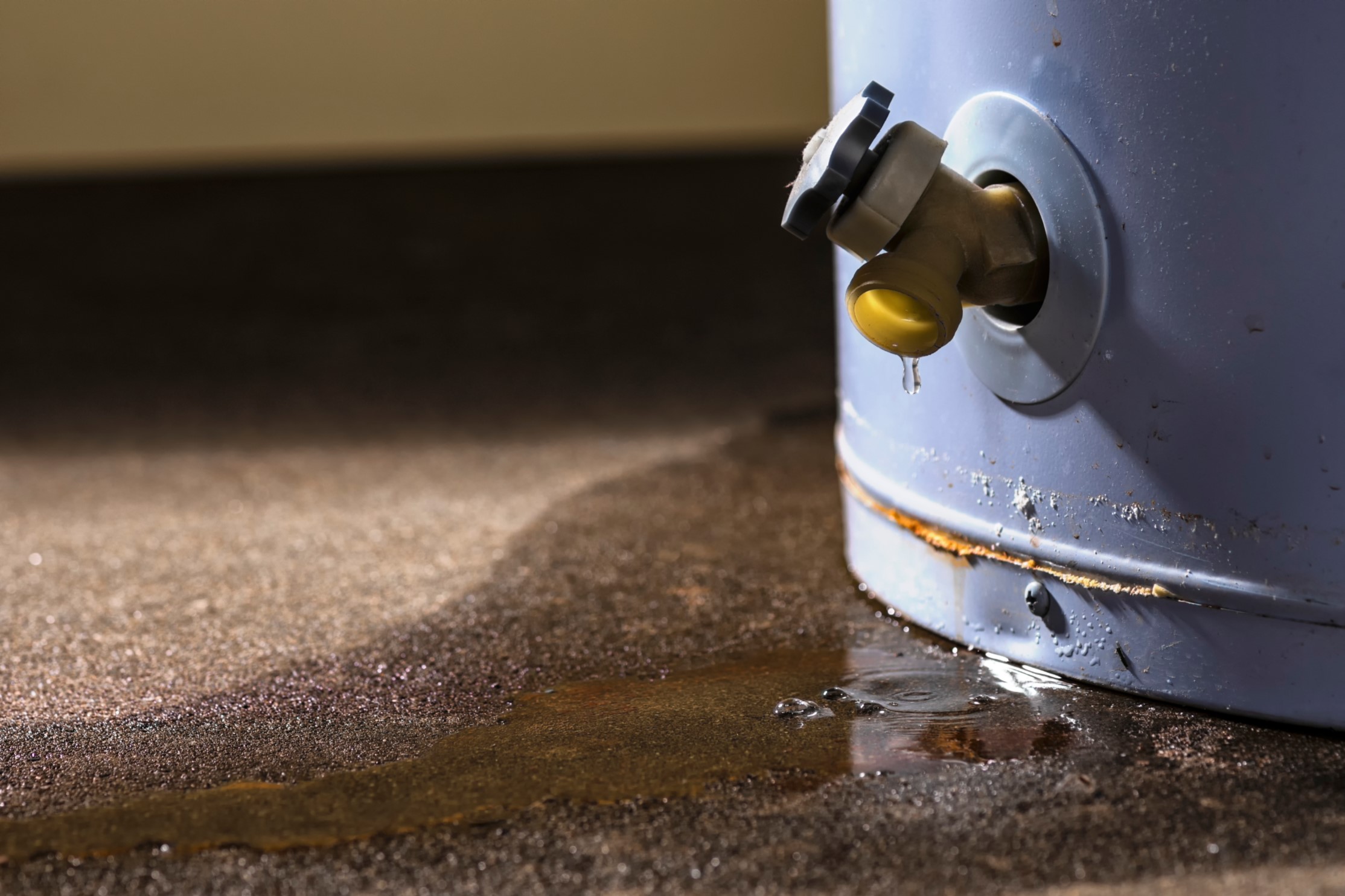Best Practices for Maintaining Your Home's Hot Water SystemSteps to Successfully Care for Your Home's Hot Water System
Best Practices for Maintaining Your Home's Hot Water SystemSteps to Successfully Care for Your Home's Hot Water System
Blog Article
Are you on the lookout for resources about What Kind of Maintenance Do Water Heaters Need??

Warm water is crucial for day-to-day comfort, whether it's for a rejuvenating shower or washing meals. To ensure your hot water system runs efficiently and lasts longer, regular maintenance is vital. This write-up gives sensible pointers and understandings on just how to keep your home's warm water system to stay clear of disruptions and pricey repair services.
Intro
Preserving your home's hot water system might seem challenging, yet with a couple of basic actions, you can ensure it operates efficiently for several years to find. This guide covers everything from understanding your warm water system to DIY maintenance suggestions and knowing when to call expert help.
Relevance of Preserving Your Hot Water System
Regular upkeep not only extends the life-span of your hot water system but additionally guarantees it runs effectively. Neglecting maintenance can lead to lowered efficiency, greater energy bills, and also premature failing of the system.
Indications Your Hot Water System Requirements Maintenance
Understanding when your hot water system requires interest can prevent significant problems. Keep an eye out for indications such as irregular water temperature level, strange sounds from the heater, or rustic water.
Purging the Water Heater
Flushing your hot water heater removes debris buildup, boosting efficiency and lengthening its life.
Checking and Replacing Anode Rods
Anode poles avoid deterioration inside the storage tank. Evaluating and changing them when worn out is vital.
Complex Problems Requiring Expert Aid
Examples consist of significant leakages, electrical troubles, or if your water heater is regularly underperforming.
Routine Expert Upkeep Conveniences
Expert upkeep can consist of thorough inspections, tune-ups, and ensuring compliance with safety standards.
Examining and Changing Temperature Level Settings
Adjusting the temperature settings makes certain optimal performance and safety.
DIY Tips for Maintenance
You can perform several maintenance tasks yourself to maintain your warm water system in top condition.
Checking for Leaks
Frequently check pipes and connections for leaks, as these can lead to water damages and greater costs.
Recognizing Your Warm Water System
Prior to diving into upkeep jobs, it's handy to recognize the standard parts of your hot water system. Usually, this includes the water heater itself, pipes, anode poles, and temperature controls.
Month-to-month Upkeep Tasks
Routine regular monthly checks can assist catch small concerns prior to they rise.
Examining Pressure Relief Valves
Checking the stress safety valve ensures it operates properly and avoids excessive stress accumulation.
Insulating Pipelines
Protecting warm water pipes reduces warm loss and can conserve energy.
When to Call a Specialist
While DIY upkeep is helpful, some problems require specialist competence.
Final thought
Normal upkeep of your home's warm water system is necessary for performance, durability, and cost savings. By following these ideas and recognizing when to look for expert help, you can make sure a reputable supply of warm water without unforeseen disturbances.
How to Maintain an Instant Hot Water Heater
Before tinkering with your hot water heater, make sure that it’s not powered on. You also have to turn off the main circuit breaker and shut off the main gas line to prevent accidents. Also turn off the water valves connected to your unit to prevent water from flowing into and out of the appliance. 2. When you’re done, you have to detach the purge valves’ caps. These look like the letter “T” and are situated on either side of the water valves. Doing so will release any pressure that has accumulated inside the valves while at the same time avoid hot water from shooting out and burning your skin. 3. When the purge valves’ caps are removed, you have to connect your hosing lines to the valves. Your unit should have come with three hoses but if it didn’t, you can purchase these things from any hardware or home repair shops. You can also get them from retail stores that sell water heating systems. Read the user’s manual and follow it to complete this task properly. When the hosing lines are connected, open the purge port’s valves. 4. You should never use harsh chemical cleaners or solutions when cleaning your unit. Make use of white vinegar instead. It should be undiluted and you’ll probably use about 2 gallons. 5. Now flush your water heater. This task should probably take about 40 minutes. We can’t give you specific directions for this because the procedure is carried out depending on the type, model and brand of your heater. With that being said, refer to the user’s manual. 6. When you’re done draining the unit, you have to turn off the purge port valves again. Remove the hosing lines that you earlier installed on each of the water valves. Put the valve caps (purge port) back in their respective places and be very careful so as not to damage the rubber discs that are found inside these caps. 7. Now that everything’s back in place, check your user’s manual again to find out how to reactivate your water heating system. 8. Once it is working, turn one of your hot water faucets on just to let air pass through the heater’s water supply pipes. Leave the tap on until water flows smoothly out of it. https://www.orrplumbing.com/blog/2014/september/how-to-maintain-an-instant-hot-water-heater/

We were shown that report on What Kind of Maintenance Do Water Heaters Need? from a friend on a different web address. If you liked our article if you please consider to pass it around. Thanks a lot for your time. Come back soon.
This Resource Report this page